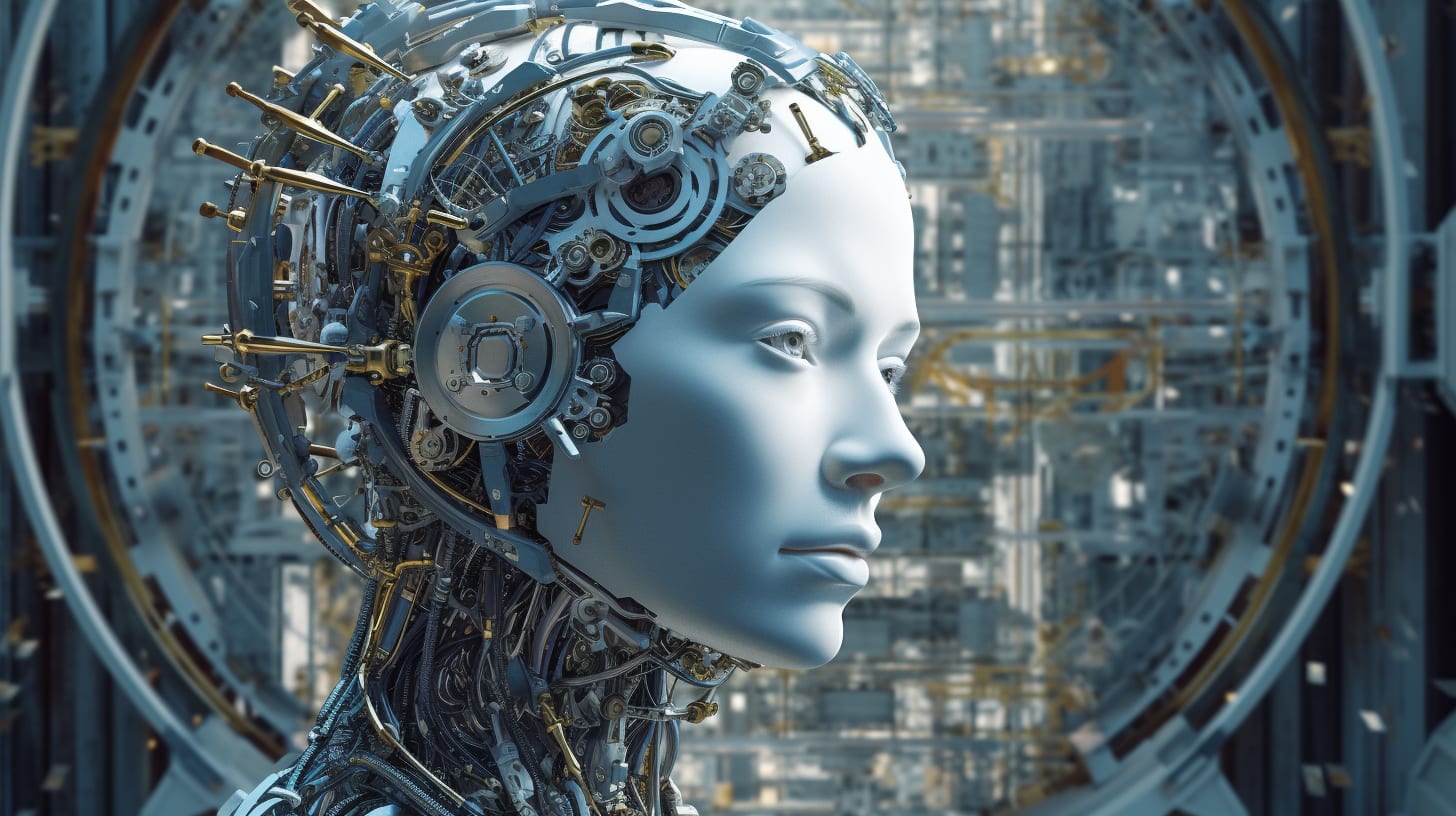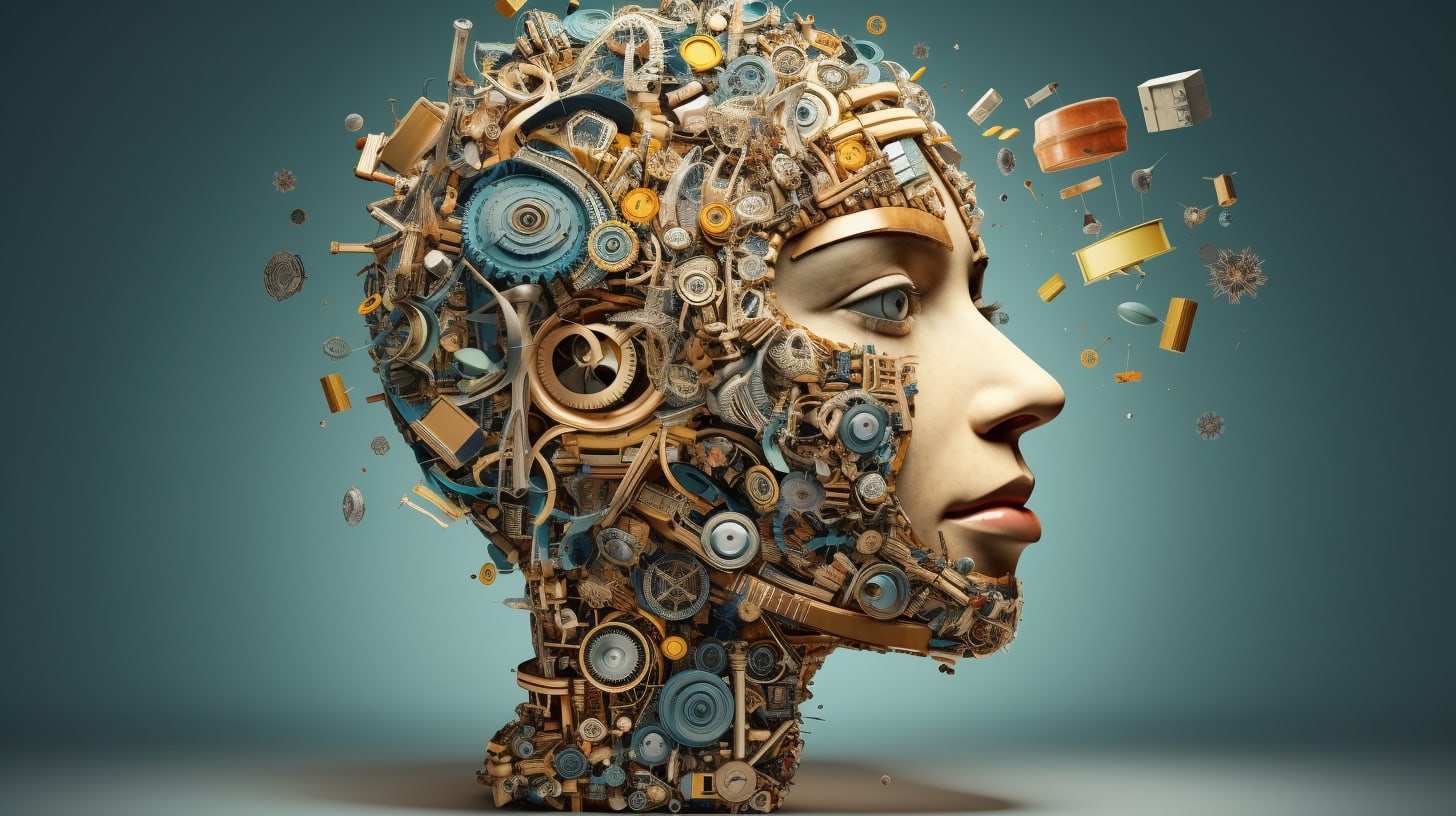Rapid advancements in artificial intelligence (AI) have led to the emergence of open AI initiatives, such as OpenAI, an organization that aims to ensure that AI benefits all of humanity. In today's fast-paced world, understanding the potential of OpenAI technologies and their responsible development is crucial. This blog post will delve into the world of open AI, discussing its history, applications, customization, safety, and career opportunities, all while highlighting the importance of ethical and responsible AI deployment.
Short Summary
- Open AI technologies offer unique opportunities to access powerful models and drive innovation.
- Responsible development and deployment of Open AI requires adherence to ethical guidelines, safety measures, security compliance, and customization for specific needs.
- Building a career in Open AI involves continuous learning for responsible applications which can provide rewarding opportunities.
Unlocking the Potential of Open AI Technologies
Founded in 2015 by a group of visionaries, including Elon Musk and Sam Altman, OpenAI is an American AI research laboratory with a focus on generative models and ensuring their alignment with human values. OpenAI's groundbreaking technologies provide a range of potential benefits, such as enhanced language models, more efficient code generation, and logical analysis of data.
By utilizing the OpenAI API, users can access the latest models in a safe and responsible manner, offering a unique opportunity to harness the power of AI for a variety of applications.
One noteworthy service offered by OpenAI is the Azure OpenAI Service, which combines the OpenAI API with Microsoft's enterprise-level security, compliance, and regional availability. This service provides access to powerful models like GPT-3, Codex, and Embeddings, with DallE 2 available for invited customers.
By utilizing OpenAI technologies, businesses can unlock new possibilities and drive innovation in their respective fields.
Responsible AI Development and Deployment
As with any powerful technology, the potential benefits of OpenAI come with certain risks and responsibilities. Ensuring responsible AI development and deployment is crucial for maintaining a balance between innovation and potential harm. Notable signatories of the Center for Applied AI Science (CAIS) statement, which highlights the importance of responsible AI, include Turing Award recipients and leaders from top AI research institutions.
Azure OpenAI Service is a prime example of companies taking steps to ensure responsible use of AI. It provides tools that enable customers to regulate generated content, and offers guidance on safety best practices, assisting customers in designing their applications with safety as a priority.
With a better understanding of the risks and ethical guidelines associated with Open AI, we can ensure its safe use across industries.
Understanding Risks
Open AI technologies present potential unintended consequences and misuse, which could exacerbate existing societal issues such as job displacement and inequality, or even pose risks of human extinction. In particular, countries with limited resources and access to technology may face increased challenges as AI automates certain tasks, leading to job displacement and inequality.
Another concern is the potential for powerful AI systems to independently run their own code, which could result in catastrophic outcomes. As a result, it is essential to establish appropriate regulations and safety measures to mitigate these risks.
Ethical Guidelines
Ethical guidelines play a vital role in AI development, ensuring that potential risks are managed responsibly. Transparency is a key component of these guidelines, as it guarantees trustworthiness in both the AI system and the company developing it, and helps prevent AI from being used to manipulate or deceive individuals.
Adhering to ethical guidelines for responsible AI utilization involves employing AI judiciously, avoiding manipulation or deception, and ensuring compliance with laws and regulations. OpenAI's decision not to disclose training data for GPT-4, for instance, was made based on competitive landscape and safety implications. By following ethical guidelines, we can ensure the responsible development and deployment of Open AI technologies.
Ensuring Safe Usage
Utilizing Open AI technologies in a secure manner is essential for maximizing their advantages and minimizing potential harms. This requires the incorporation of safety measures into AI tools, reducing the risks posed by misuse or abuse, and adhering to AI ethics standards.
When utilizing Open AI technologies, it is important to consider the context, potential dangers and advantages, moral ramifications, and security and compliance requirements. Conforming to ethical principles such as fairness, transparency, and accountability is crucial for ensuring safe use of Open AI technologies.
By observing ethical standards and guaranteeing security and compliance, we can ensure the safe and responsible utilization of Open AI technologies and their vast potential benefits.
Customizing Open AI Models for Your Needs
Open AI model customization refers to adjusting models on new data or for specific tasks using the OpenAI API. To achieve this, one can create an account and utilize available models, which may require programming abilities. Azure OpenAI Studio, for example, is a platform app that facilitates exploration and customization of OpenAI services.
Few-shot learning is a technique employed to customize Open AI models by adjusting hyperparameters, allowing users the ability to fine-tune AI models to fit their specific needs. By leveraging these customization options, businesses can tailor Open AI models to address unique challenges and drive innovation within their industries.
Harnessing the Power of Open AI's Language Models
Open AI's language models, such as the Megatron-Turing Natural Language Generation (MT-NLG) model, are powerful tools capable of tasks like language translation, summarization, and generating human-like text. These models learn from vast amounts of data and improve over time, making them invaluable resources for a variety of other languages and applications. One of the most potent language models, MT-NLG, boasts a staggering 530 billion parameters.
Writing assistance, code generation, and data reasoning are just a few examples of the applications offered by Open AI's language models. While there are potential risks associated with their use, such as misuse, data privacy concerns, and bias, the benefits include improved accuracy and efficiency in tasks like natural language processing, customer service, and automation.
By harnessing the power of Open AI's language models responsibly, businesses can unlock unprecedented opportunities for growth and innovation.
Security and Compliance in Open AI Platforms
Security and compliance are paramount in Open AI Platforms, as they exist to ensure that AI deployments are secure and adhere to necessary regulations. Azure OpenAI Service is a prime example of a platform that provides robust security features, such as role-based authentication and private network connectivity.
Implementing enterprise-grade security and private network connectivity can help guarantee secure and compliant Open AI deployments. By prioritizing security and compliance in Open AI platforms, businesses can protect their valuable data and maintain control and the trust of their customers.
Cost-effective Solutions for Open AI Integration
Accessing powerful AI models doesn't have to break the bank. OpenAI API offerings provide cost-effective solutions for accessing GPT-3, while constructing chatbot solutions using the API can be efficient and cost-effective for businesses. Azure OpenAI Service adopts a pay-as-you-go consumption model, charging a price per unit for each model, offering a flexible pricing structure for businesses.
To avoid unexpected billing surges, businesses should consistently monitor and adjust their AI usage, ensuring they are making the most of the cost-effective solutions available for Open AI integration. By optimizing AI usage, businesses can effectively balance cost and performance, maximizing the return on their AI investment.
Getting Started with Open AI Platforms
Embarking on your Open AI journey is simpler than you might think. By registering for an Azure free account, you can access numerous free apps and always-free services, providing an entry point into the world of Open AI. To install the openai package, you can utilize pip, a popular package installer for Python.
OpenAI Playground is another powerful resource for exploring AI models, while tutorials and the openai package can guide and support you in creating AI-powered applications. With these resources at your fingertips, diving into the exciting realm of Open AI platforms has never been more accessible.
Building a Career in Open AI Development
Open AI development presents a wealth of career opportunities, from developing AI applications to researching and developing AI technologies. Ensuring that AI is developed safely and ethically is of course a key aspect of a successful career in Open AI development, as it guarantees that AI applications are used conscientiously and morally.
Continuous learning is crucial for Open AI developers to stay up-to-date with the latest advances in the field and maintain a competitive edge. By embracing the diverse opportunities available in Open AI development, you can build a fulfilling and impactful career at the forefront of AI innovation.
Summary
In conclusion, OpenAI technologies hold immense potential for businesses and individuals alike. By understanding the risks, adhering to ethical guidelines, and ensuring safe usage, we can unlock the full potential of Open AI while minimizing potential harm.
With cost-effective solutions, customization options, and accessible resources, there has never been a better time to explore Open AI platforms and build a career in this rapidly evolving field. The future of AI is bright, and responsible development will ensure that its benefits are shared by all of humanity.








